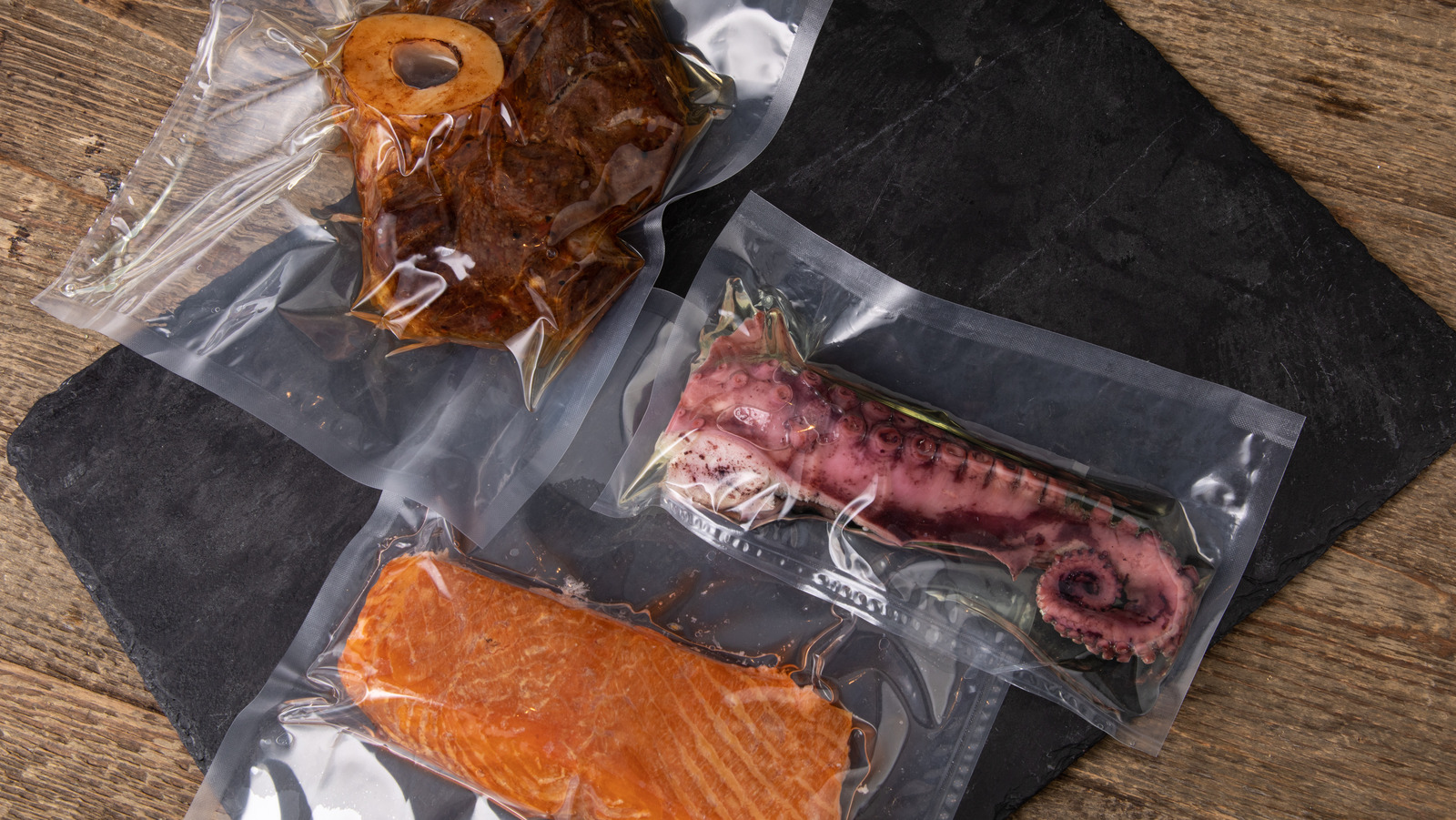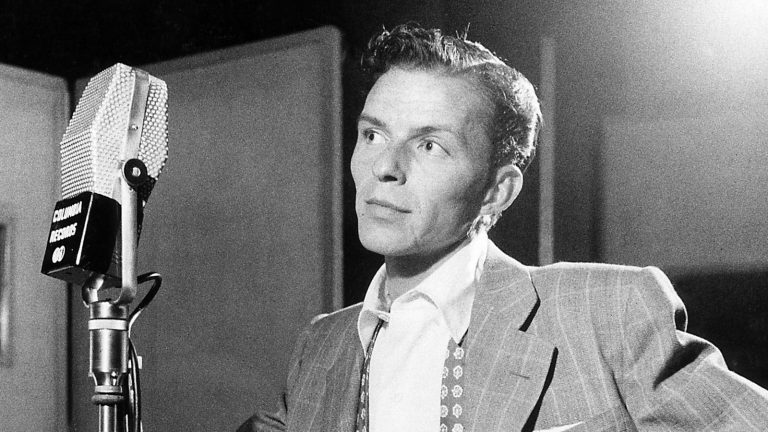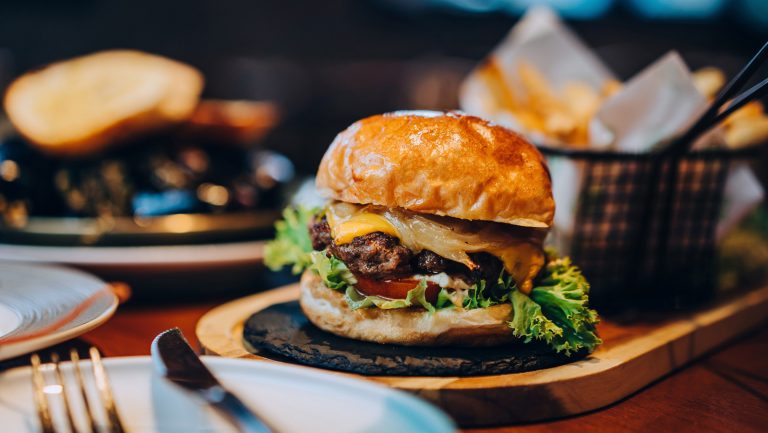We may receive a commission on purchases made from links.
It’s a long-acknowledged fact that outdoor barbecuing is a labor of love, one gladly embraced by countless barbecue gurus around the world. But to ensure a sufficient flow of deliciousness, the grill chef can spend all day tending BBQ meats instead of enjoying a finger-licking feast with friends and family. After all, there’s only so much grill space, and barbecued foods are best served right off the grates, right? Well, yes, but there’s an alternative time-saving solution you may want to consider.
For some insight on cooking big-batch barbecue meats, we reached out to an expert on the topic, Matt Abdoo, executive chef and co-founder of Pig Beach BBQ. Is it even a viable option to cook barbecue meat in advance? Absolutely, according to Abdoo. He says, “Full disclaimer, BBQ will never be as good as the day it was made, but you can make some really darn good BBQ by cooking it the day before, fully cooling it, then slowly reheating it around 250 degrees when you want to serve it.”
As for how to keep those sizzling, flavorful barbecue meats tasty for later consumption, here’s the trick: “The best way to store any BBQ that was made in advance is leave it whole if you can,” says Abdoo. “If you have access to a home Cryovac machine once the BBQ is fully cooled in the refrigerator overnight, place the cooked BBQ in vacuum bags and seal them airtight.” That may sound like a pro-level cooking machine, but a Cryovac is simply a modern-day vacuum sealer.
Pros and cons of vacuum sealers
Cryovac machines, most commonly referred to now as vacuum sealers, are essential tools for preserving food and for cooking in the popular sous-vide method. The Cryovac name is tied to Sealed Air Corporation, which enhanced vacuum sealing to remove air from plastic packaging, reportedly first used to keep food fresh for WWII soldiers. The name “cryovac,” minus the capital “C,” has gradually evolved into a generic name for these machines. They essentially suck out the oxygen, making foods last longer, preventing freezer burn, and keeping flavor from fading.
Chef Abdoo is realistic about the advantages and disadvantages of using vacuum sealers. “Pros are it keeps the meat fresh and juicy. Extends the shelf life,” he points out. “Cons are most large cuts of BBQ won’t fit into traditional home size vacuum bags and you will have to cut the BBQ into smaller pieces to make it fit. Any bark that was created ends up getting washed or smashed off.”
If you do go the vacuum-sealing route, there are some important ways to make BBQ meats taste freshly made. “When it comes time to serve, you can either gently warm the BBQ in the bags in simmering water, or you can remove it from the bags, wrap the meat in foil, and slowly warm in your oven at 250 degrees,” says Abdoo. Two types of cryovac-style machines now exist for home use, external and chamber vacuum sealers. They take different approaches to the process, and one is considerably more expensive.
Choosing a vacuum sealing machine for reheating barbecue
External vacuum sealers, sometimes called suction sealers, work by extracting air directly from the inserted plastic bag, which is ideal for dry foods, meats, and sous vide. It’s widely available and a more affordable option compared to chamber-style machines. Models range from about $40 for this MZROT Vacuum Sealer Machine, to $150 for the Potane Precision Vacuum Machine. These work just fine for standard home use, including sous vide, prepping bulk foods for the freezer, and of course, for sealing those freshly cooked BBQ meats you’ll be using later!
Chamber vacuum sealers instead remove air from both the bag and the machine’s chamber at the same time, making them an excellent choice for marinades and liquids. But they’re bulkier and pricier, making them more feasible for professional kitchens or very frequent home use. If you have the space and really want the chamber style for your kitchen, there are far more home-kitchen options these days. The most compact versions typically start around $300, like this Avid Armor Chamber Vacuum Sealing Machine, while other options can run upwards of $1,000.
Some well-known brands, including FoodSaver vacuum sealers, claim the machines seal in freshness and preserve meats in the freezer for up to three years with no freezer burn. But your vacuum-sealed barbecued ribs, steaks, burgers, and seafood are more likely to exit the bags much sooner, making their way to BBQ dinner plates with revitalized freshness and flavor. For leftovers, the best storage option is vacuum sealing.







